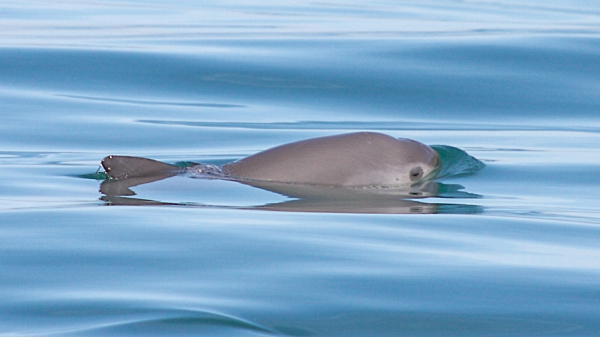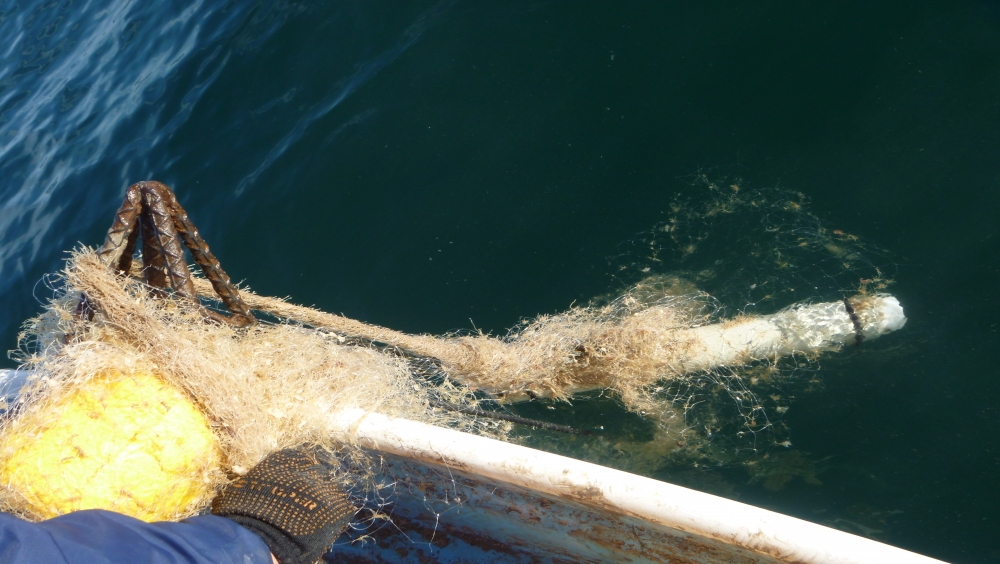“Despite nearly thirty years of repeated warnings,
the vaquita hovers on the edge of extinction due to gillnet entanglement.”
The plight of the vaquita porpoise has led the IWC to issue its first ever Extinction Alert. The vaquita is a small porpoise found only in the Gulf of California, Mexico. There are about 10 surviving animals and the IWC is speaking out now because it believes extinction is not yet inevitable. Despite the very low number of surviving animals, 100% enforcement of a ban on gillnets in their core habitat would still give this small but resilient porpoise a chance of recovery.
This initiative is led by the Scientific Committee of the IWC. This group of around 200 world-leading scientists have recently reached the sombre conclusion that a new mechanism is needed to voice extinction concerns for an increasing range of cetacean species and populations.
The first Extinction Alert statement is issued today in order to encourage wider recognition of the warning signs of impending extinctions, and to generate support and encouragement at every level for the actions needed now to save the vaquita. The Extinction Alert says:
“The decline of the vaquita has continued despite a very clear understanding of both the cause (bycatch in gillnets) and the solution (replacement of gillnets with safe alternatives in the vaquita habitat).
The vaquita is only found in the northern-most part of the Gulf of California, Mexico. Numbers have fallen from a population of approximately 570 in 1997 to around 10 animals in 2018. This number appears to have remained fairly constant since 2018, probably due to increased enforcement of gillnet bans and removal of nets. But this effort needs to be 100% effective to start reversing the decline and bringing the vaquita back from the brink of extinction. An illegal, international trade in totoaba fish, found in the same waters, has complicated efforts to end gillnet fishing.
The Committee points to lessons that can be learned, particularly the need for early and multi-disciplinary actions that look beyond the immediate conservation concern to address wider factors, but today their focus is the clear, single action needed now to save the vaquita.
“The extinction of the vaquita is inevitable unless 100% of gillnets are substituted immediately
with alternative fishing gears that protect the vaquita and the livelihoods of fishers.
If this doesn’t happen now, it will be too late.”
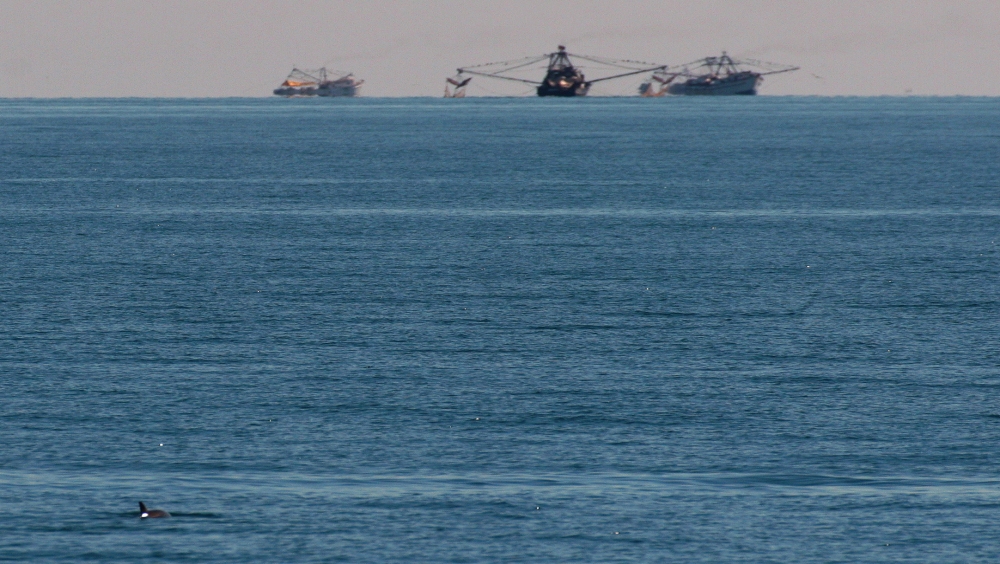
Vaquita, displaying the characteristic dark eye-patch, shown in the Lone vaquita (foreground, left) with fishing vessels.
calm conditions needed to detect this cryptic species. Credit: Paula Olson
Credit: Thomas A Jefferson, Viva Vaquita
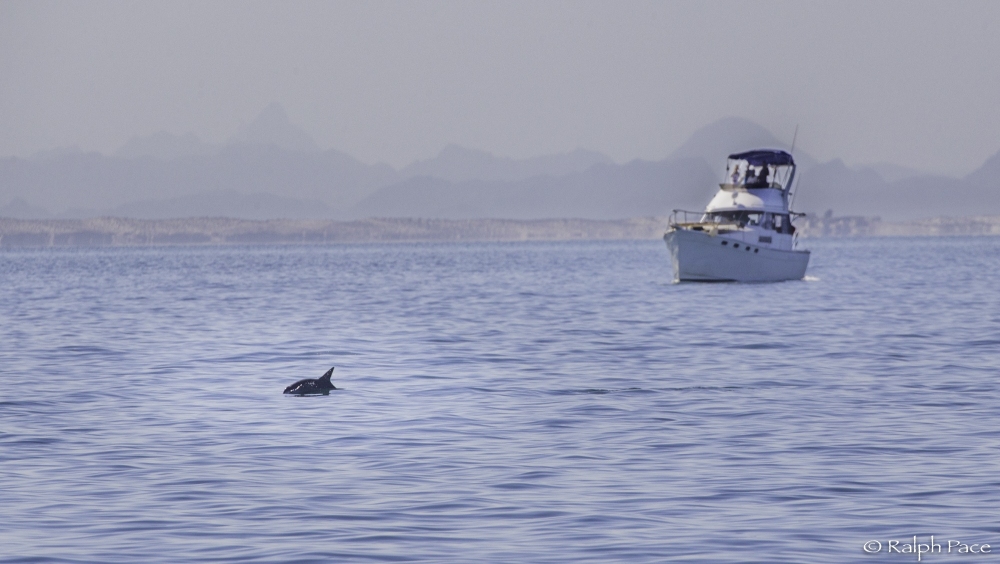
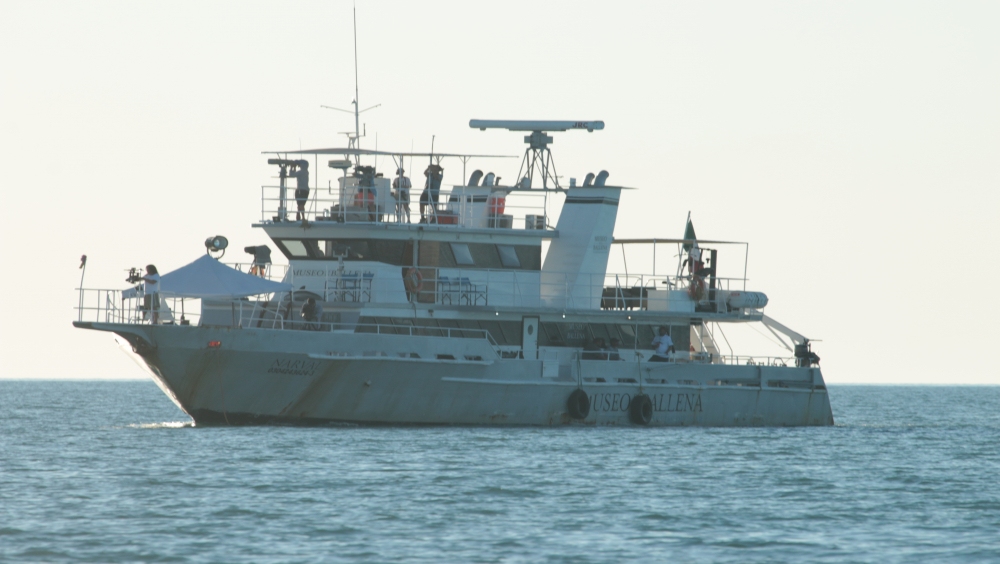
Lone vaquita, monitored from a distance by the research vessel Wanderlust. Scientists scan the ocean from the vantage point of a 'flying deck' high above the water on the
Credit: Ralph Pace, Vaquita CPR research vessel Narval.
Credit: Juan Carlos Salinas, Museo de la Ballena y Ciencias del Mar
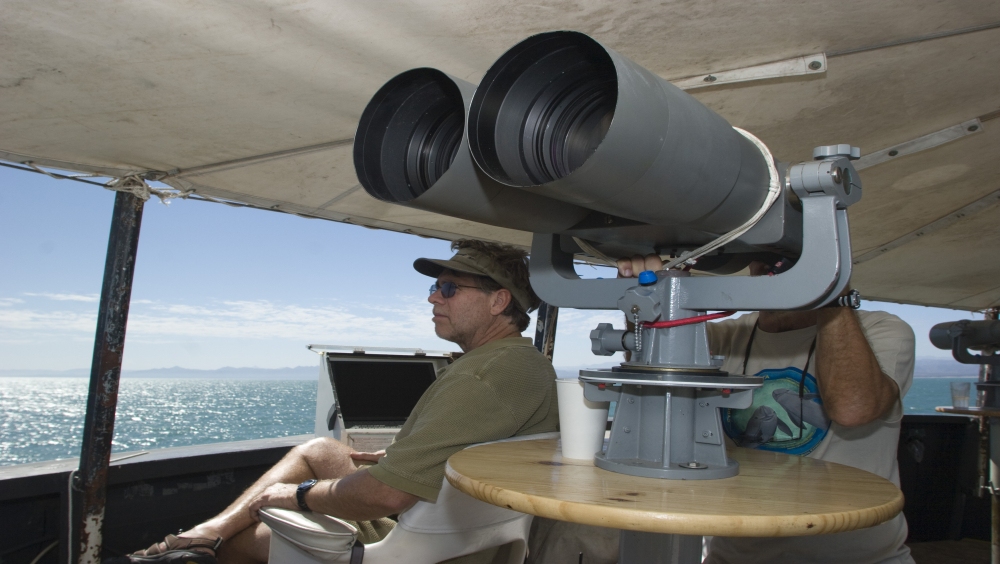
Researchers search for vaquita using 'big-eyes' - giant binoculars used to spot tiny porpoises CPOD acoustic detectors are used to locate the vaquita. This one is retrieved, itself entangled in
from the decks of the research vessel David Starr Jordan. gillnets.
Credit: Chris Johnson, WWF Credit: Paco Valverde

Gillnets trap cetaceans and prevent them reaching the surface to breathe. Bycatch in fishing gear is estimated to kill over 300,000 whales, dolphins and porpoises every year.
Credit: IWC
The red square shows the only place in the world where vaquita are found, the Upper Gulf of
California, Mexico.
Credit; NOAA
Video Footage
Click for video footage of vaquita from Expedition Vaquita.
Credit: Chris Johnson, WWF
Click for video footage of vaquita from the research vessel Narval.
Credit: Malca Jano, Museo de la Ballena y Ciencias del Mar.
Click here for a message from the Chair and Vice-chair of the IWC Scientific Committee, supporting International Save the Vaquita Day.
Read more about the extinction threat to whales, dolphins and porpoises.

